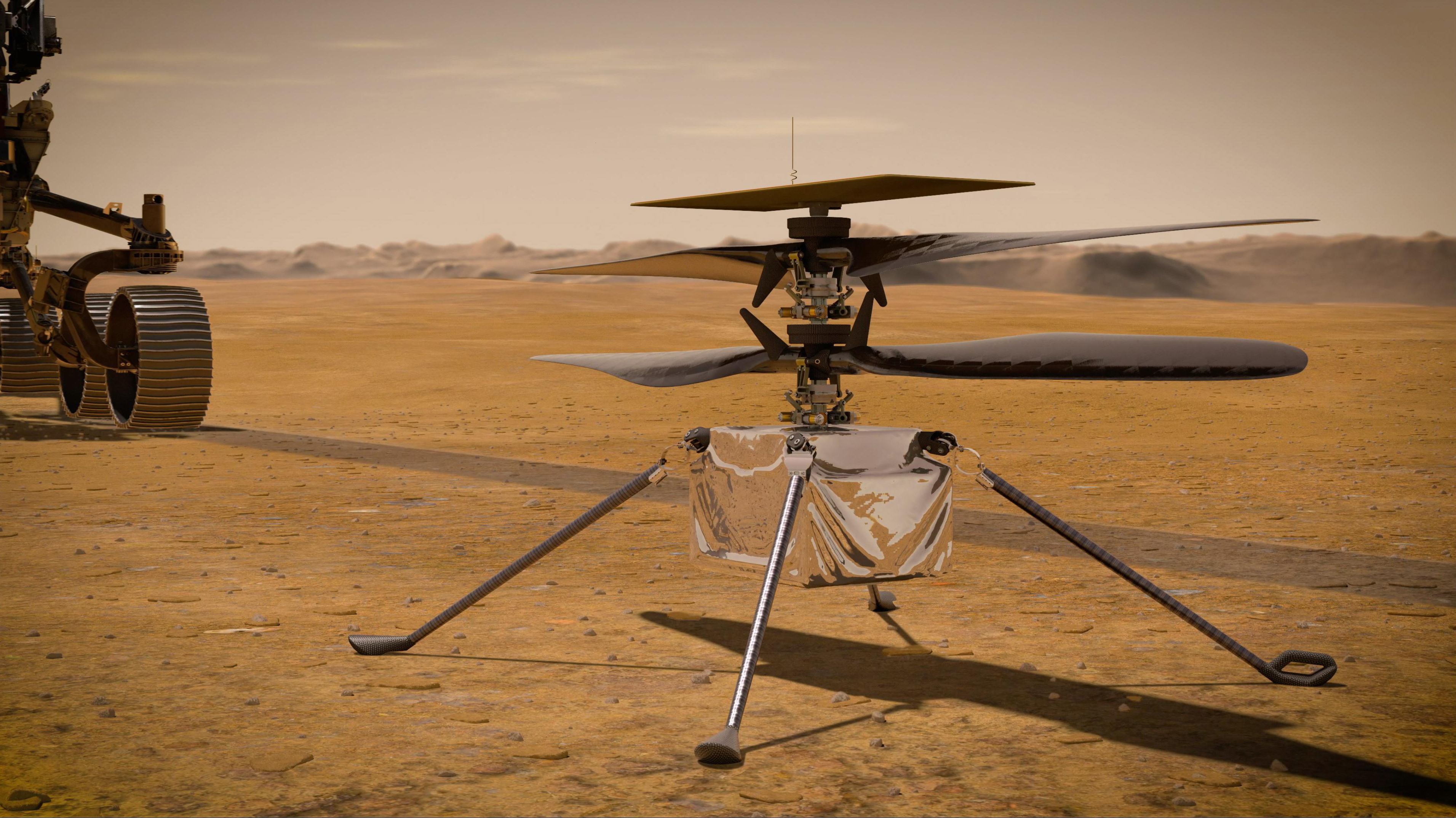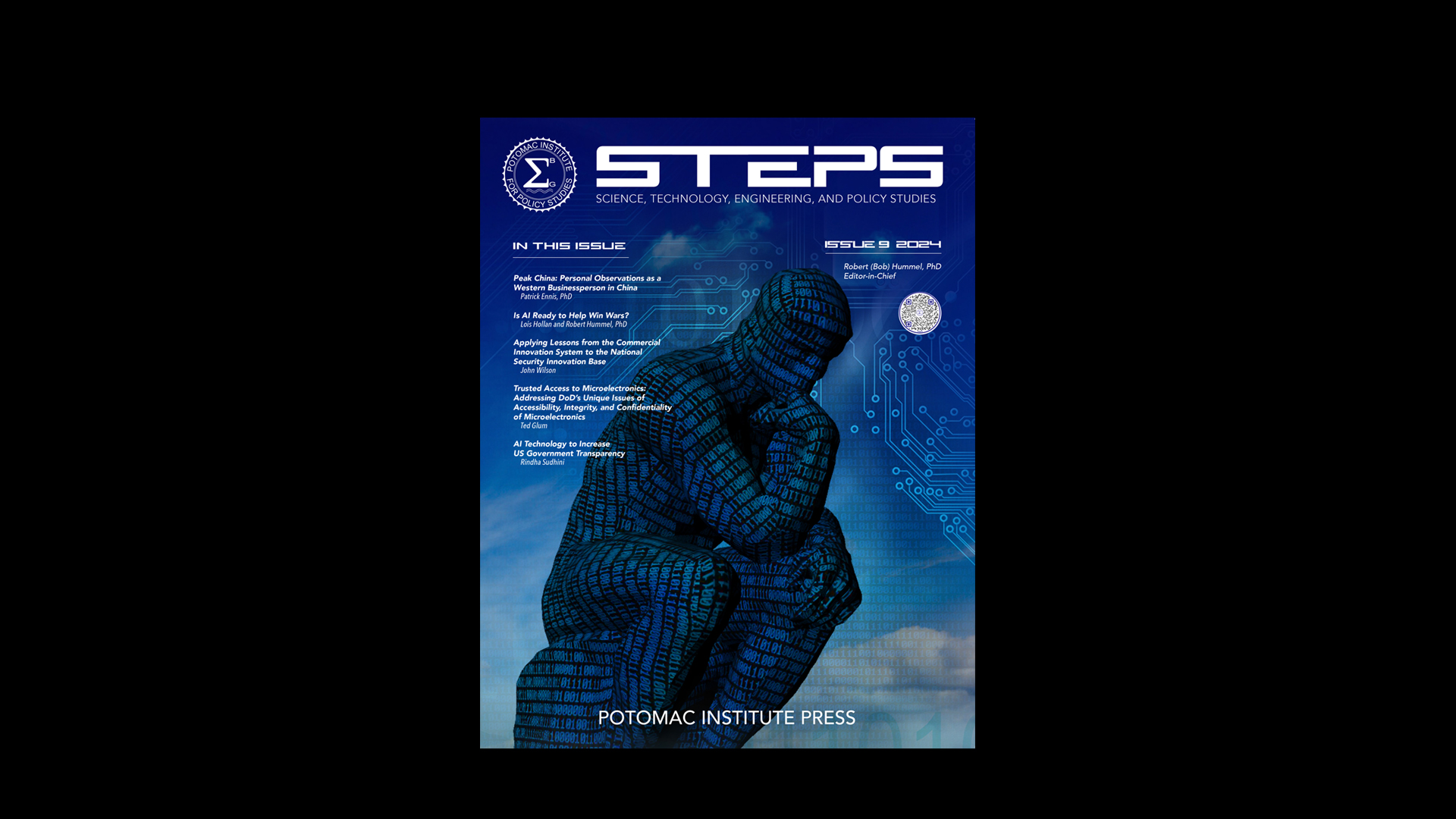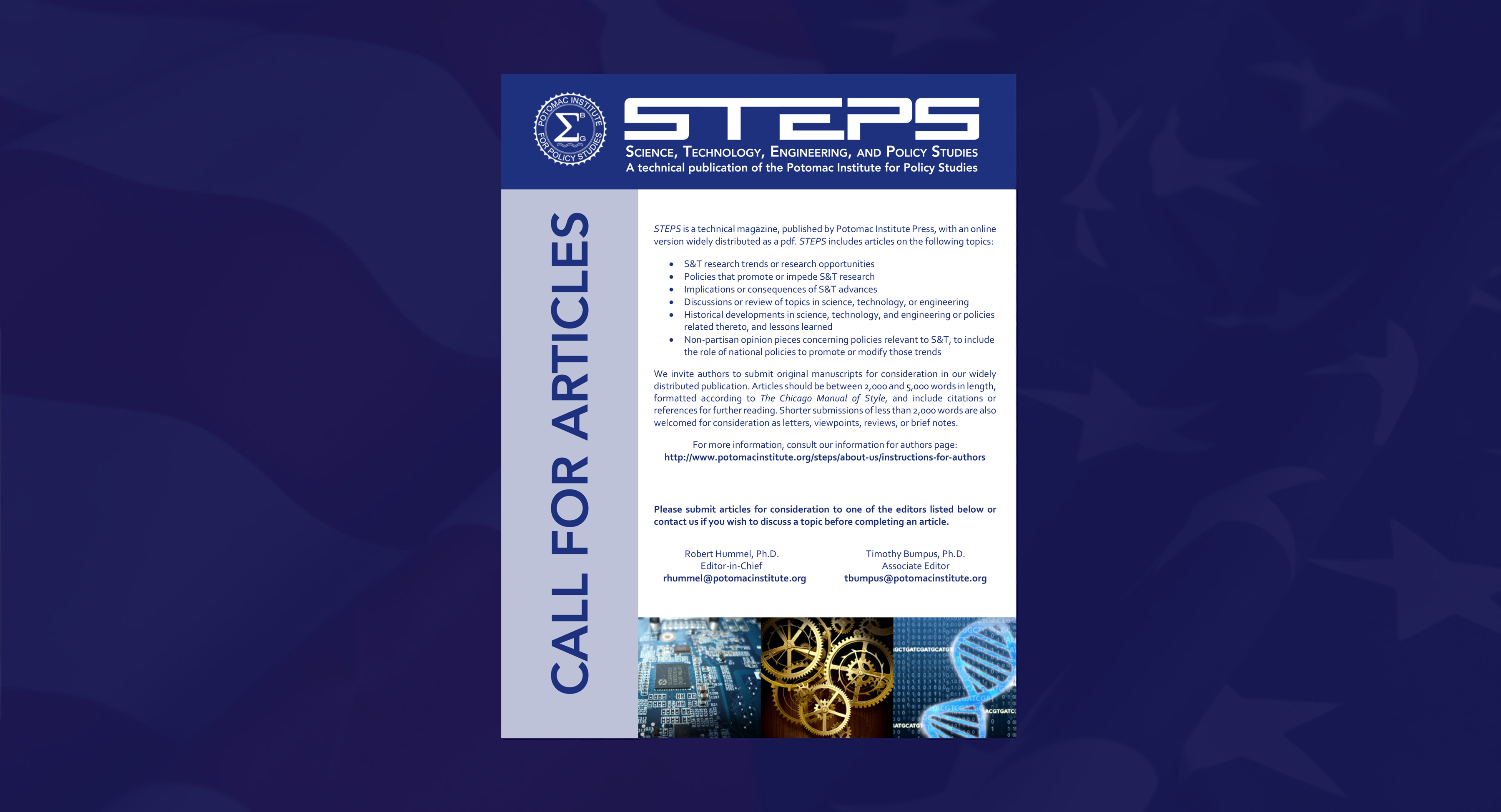Ingenuity Takes Off, Making Space History
By Gabrielle Meyers, Potomac Institute Communications Intern
On Monday, April 19, Ingenuity became the first aircraft in history to make a controlled flight on another planet.
 Ingenuity arrived on Mars attached to Perseverance on February 18 and was deployed on April 3. Ingenuity’s mission was to conduct flight tests on Mars, so it was deployed to the surface of Jezero Crater, which was chosen for its flatness and lack of obstructions. Ingenuity’s flight occurred on the 16th day of its 30-day mission, after which Perseverance will begin to explore the Jezero Crater.
Ingenuity arrived on Mars attached to Perseverance on February 18 and was deployed on April 3. Ingenuity’s mission was to conduct flight tests on Mars, so it was deployed to the surface of Jezero Crater, which was chosen for its flatness and lack of obstructions. Ingenuity’s flight occurred on the 16th day of its 30-day mission, after which Perseverance will begin to explore the Jezero Crater.
Ingenuity has since taken off two more times, on April 22 and April 25. Both flights reached an altitude of 16 feet and took pictures while in the air, which can be viewed on NASA’s website. During the second flight, Ingenuity stayed in the air longer than the first and moved sideways for the first time. The flight control system even tilted five degrees, allowing some of the thrust from the counter-rotating rotors to accelerate the craft sideways for seven feet.
During the third flight, Ingenuity reached the same maximum altitude but featured more sideways movement. Having moved 164 feet at speeds reaching 6.6 feet per second, Ingenuity was briefly out of the camera’s range for some of the third flight.
There were many concerns with the first flight, such as Mars’s lower gravity and thin atmosphere. The pressure at the surface of Mars is only 1% that of Earth, meaning that there relatively few air molecules for the helicopter’s blades to interact with in order to take off. Thus, the team behind Ingenuity took extra precautions to increase Ingenuity’s chance for success by choosing an optimal location and scheduling the flight for what they determined to be optimal time based on energy and flight conditions.
Ingenuity became airborne at 3:34 am EDT. The helicopter rose to a predetermined altitude of 10 feet and maintained that height for 30 seconds. Overall, it spent 39.1 seconds in the air. The flight was conducted autonomously, through algorithms that controlled the guidance, navigation, and control systems. After the flight, the data was sent to the team on Earth through satellites and NASA’s Deep Space Network. Because of this, the flight could not be observed from Earth in real time.
“Ingenuity is the latest in a long and storied tradition of NASA projects achieving a space exploration goal once thought impossible,” said acting NASA Administrator Steve Jurczyk. “We don’t know exactly where Ingenuity will lead us, but today’s results indicate the sky – at least on Mars – may not be the limit.”
The Ingenuity team’s next steps are to prepare for Ingenuity’s fourth flight, which will occur in a few days.

















